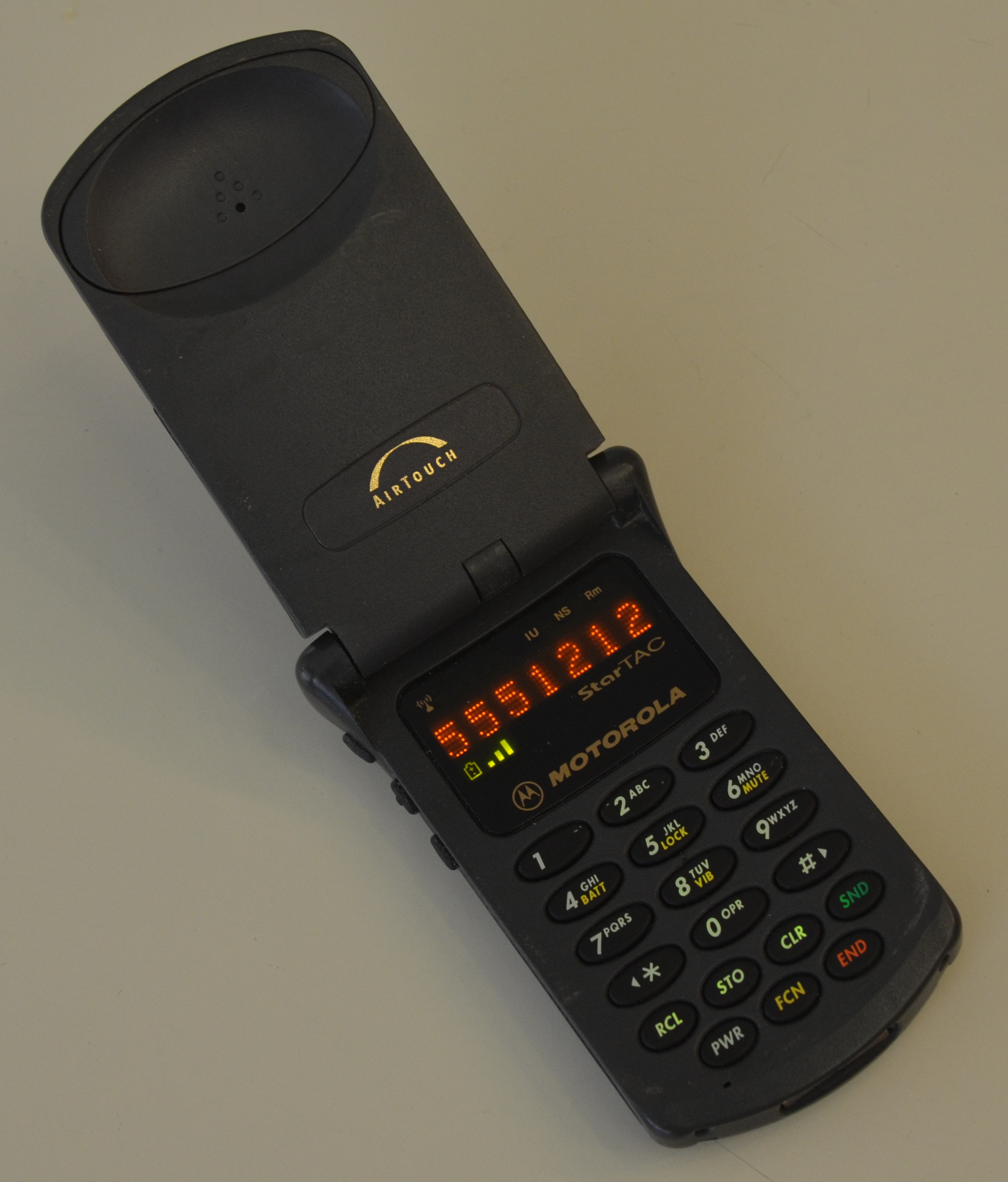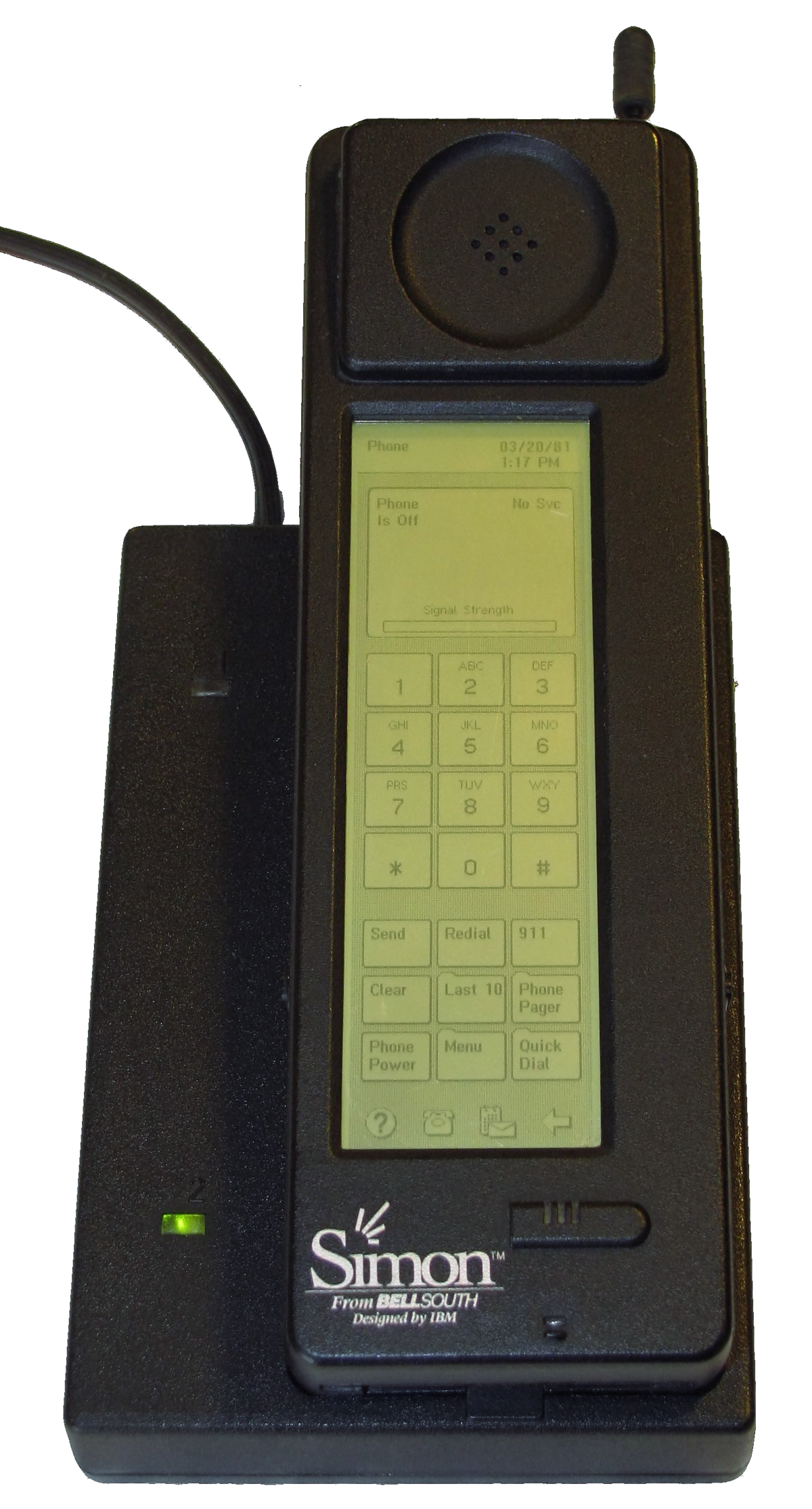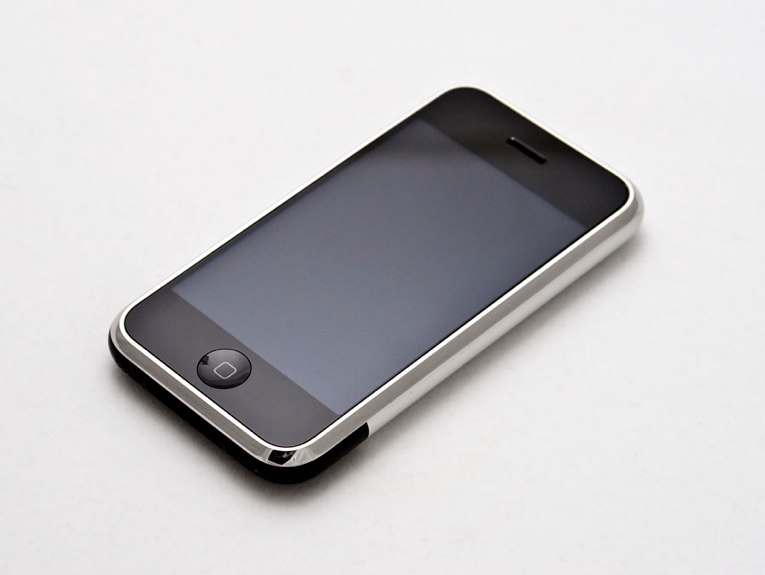Mobile phones have come a long way since their inception in the early 1970s. From brick-sized devices that offered basic calling functionality to sleek smartphones that serve as our personal assistants, the evolution of mobile phones has been nothing short of remarkable. In this article, we take a look back at the first mobile phones and how they paved the way for the devices we know and love today.
The First Mobile Phone: Motorola DynaTAC 8000X
The first mobile phone, the Motorola DynaTAC 8000X, was developed by Martin Cooper in 1973. The DynaTAC, which stood for "Dynamic Adaptive Total Area Coverage," was a brick-sized device that weighed 2.5 pounds and measured nearly a foot in length. Despite its bulkiness, the DynaTAC was a game-changer as it allowed users to make phone calls from anywhere, without the need for a landline.
The First Cellular Network
In order to make mobile phone use practical, a cellular network was required. The first cellular network was launched by Ameritech in 1983 in the United States, with the first commercial mobile phone, the Motorola DynaTAC 8000X, becoming available for purchase in 1984. The first generation of mobile phones was limited in terms of functionality, but the advent of the cellular network marked a significant milestone in the evolution of mobile phones.
The Rise of Mobile Phones
With the introduction of cellular networks and mobile phones, the demand for mobile devices grew rapidly. By the 1990s, mobile phones had become a common sight, with many people owning one. The 1990s also saw the introduction of smaller and more lightweight mobile phones, such as the Motorola StarTAC and the Nokia 101, that were more convenient to carry around.
 |
| First generation Motorola StarTAC © Wikipedia |
 |
| Nokia 101 © Wikipedia |
The Emergence of Smartphones
The introduction of smartphones in the early 2000s marked a major turning point in the evolution of mobile phones. With the ability to access the internet, send and receive email, and run apps, smartphones offered a level of functionality that was previously not possible on mobile phones. The first smartphone, the IBM Simon, was released in 1993, but it wasn't until the introduction of the iPhone in 2007 that the smartphone truly took off.
 |
| IBM Simon © Wikipedia |
 |
| First generation iPhone © Wikipedia |
The Legacy of the First Mobile Phones
The first mobile phones paved the way for the smartphones that we know and love today. The ability to make phone calls from anywhere, combined with the growing number of mobile phone users, set the stage for the development of the cellular network. The advent of smartphones has transformed the way we communicate and access information, and the first mobile phones will always hold a special place in the history of technology.
In conclusion, the first mobile phones were a significant step in the evolution of mobile technology. From their humble beginnings as brick-sized devices with limited functionality to the sleek smartphones that we use today, the first mobile phones set the stage for the development of mobile technology as we know it.
